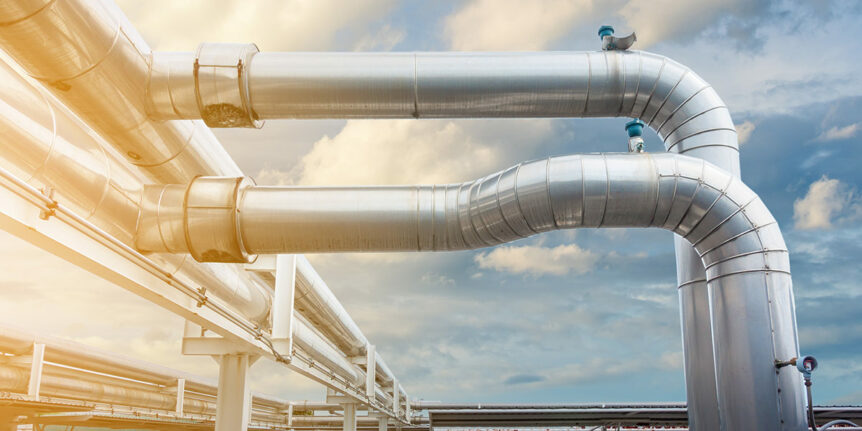In these uncertain times, the American Society of Heating, Refrigerating and Air-Conditioning
Engineers (ASHRAE) recently provided guidance for building operators that have questions
about steps to be taken for the operation of commercial buildings housing essential services
staff. These steps are broken down into two categories:
- Non-HVAC measures: the most critical, highest priority actions
- HVAC measures: those be completed after non-HAVC measures
Despite the risk of airborne spread, the coronavirus is most commonly passed to others
through direct contact (including touching an infected person or item), meaning non-HVAC
operations measures should be prioritized. Critical steps include:
- Increased disinfection of frequently touched surfaces.
- Installing more hand sanitation dispensers (assuming they can be procured) and
encouraging proper and more frequent handwashing. - Supervising or shutting down food preparation and warming areas, including office
pantries, lunchrooms, and coffee stations. - Posting warning signs and closing water fountains in favor of bottle filling stations and
sinks, or encouraging employees to bring drinking water from home.
Upon completion of the non-HVAC actions, addressing HVAC systems can help stem airborne
contraction of the virus. Key HVAC steps include:
- Increasing outdoor air ventilation (using caution in highly-polluted areas) will increase
the effective dilution ventilation per person. - Disable demand-controlled ventilation (DCV) to maintain the air change rate.
- Further open minimum outdoor air dampers as high as 100% to eliminate recirculation.
- In mild-weather seasons, this won’t affect thermal comfort or humidity, but will be less
feasible in extreme weather seasons. - Improve central air filtration to MERV-13 (or the highest compatible grade) with the
filter edges sealed to limit bypass. - Keep systems running longer hours, ideally 24/7, to enhance the two actions above.
- Consider portable room air cleaners with HEPA filters.
- Consider ultraviolet germicidal irradiation (UVGI), to protect occupants from radiation, particularly in high-risk spaces such as waiting rooms, prisons and shelters.
By following these simple, yet critical steps, building owners can protect these essential
tenants, allowing them to perform their invaluable jobs during these difficult times.
See below for the full article:
https://www.ashrae.org/news/ashraejournal/guidance-for-building-operations-during-the-covid-19-pandemichttps://www.ashrae.org/news/ashraejournal/guidance-for-building-operations-during-the-covid-19-pandemic

